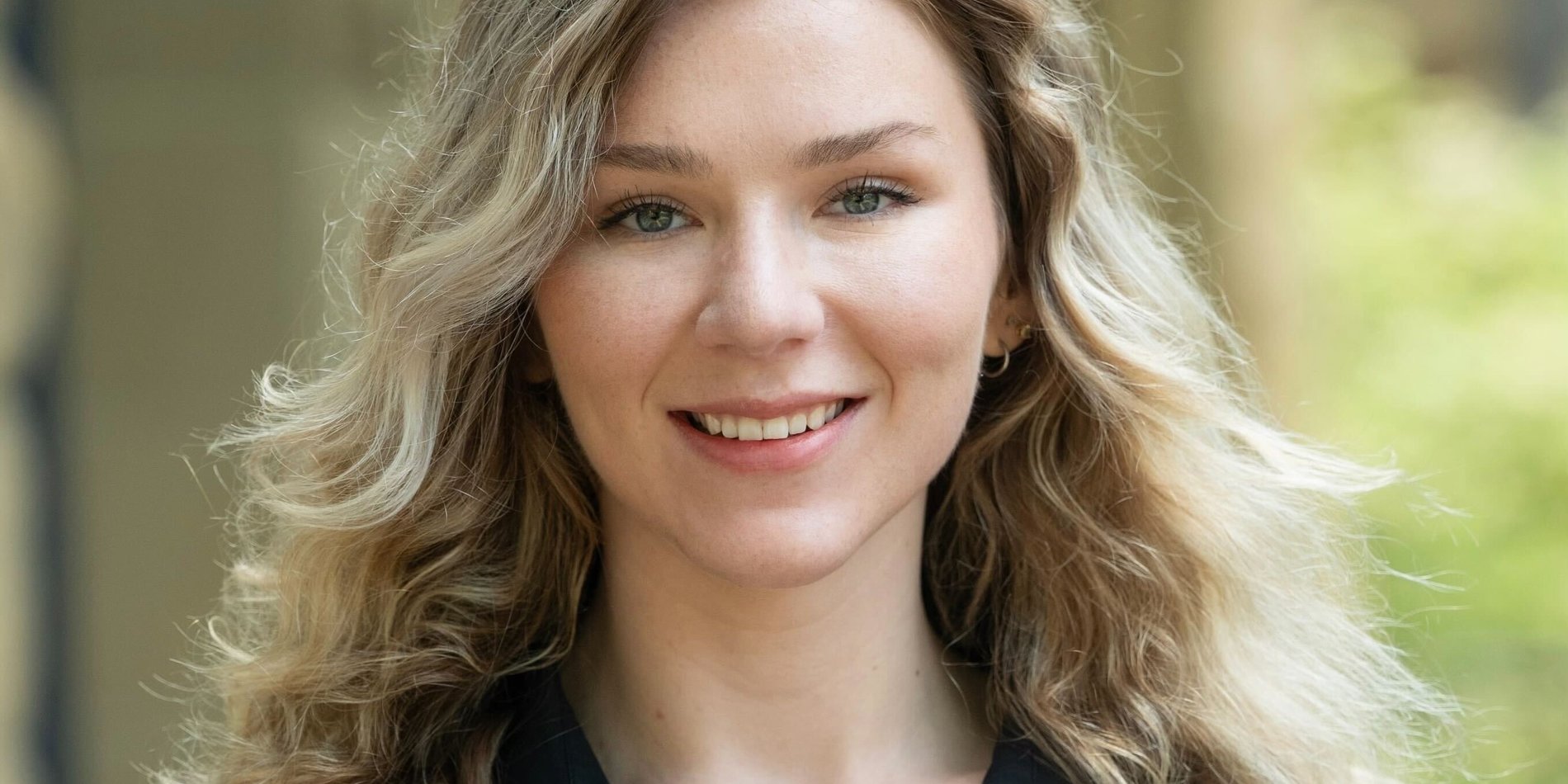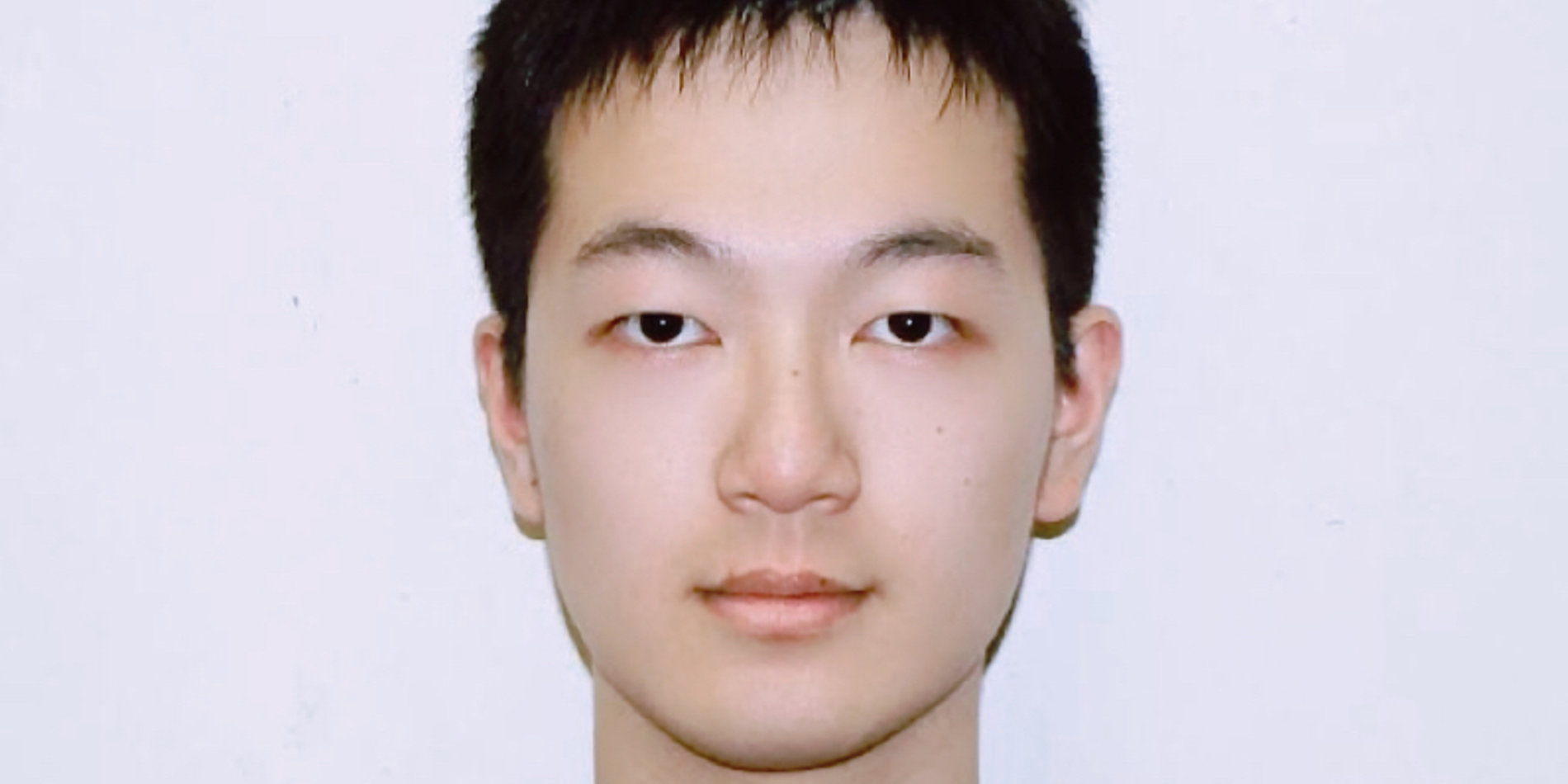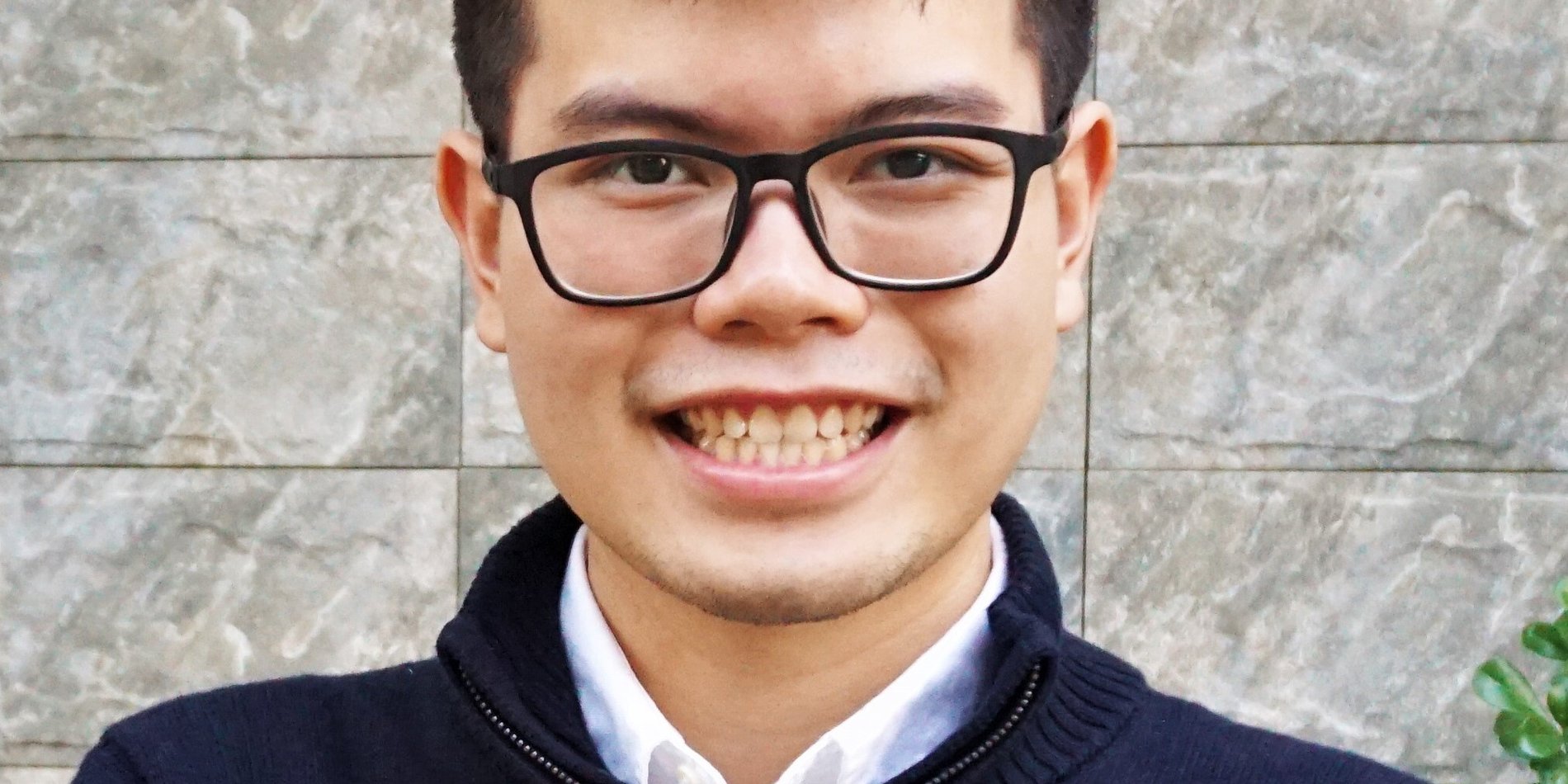Haoxue Yan | Community Spotlight

Haoxue Yan
Lecturer
Materials Science and Engineering
"My academic journey has been unique in that along with research, I spent time studying and practicing leadership theories and evidence-based teaching pedagogy."
Where were you born and raised?
- I was born in Xi'an China, where the terracotta warriors are located, but I can't say I was raised in a specific region. I lived through a hodgepodge of different cultural experiences. When I was young, my family moved to Shenzhen, China (the Silicon Valley of hardware) where my fascination with electronics and technology first began to blossom. My interest in science grew when I moved back to Xi'an, where I lived in a university setting surrounded by academics. It wasn't until I moved to Cleveland, OH as an exchange student that I first had a chance to apply myself towards open-ended projects. I thoroughly enjoyed the experience of critical thinking and discovery and knew I wanted to pursue a career in science and technology.
What led you to the engineering field?
- I first found comfort in math and science when I was an exchange student in Cleveland, OH. As cheesy as it sounds, in a world where everything was different, mathematical symbols and equations were the only things that felt familiar. As I was introduced to the applications of these equations, they became tools rather than symbols which helped me discover the joy of discovering the mechanism of how things work. These fulfilling experiences led me to materials science and engineering, a field that satisfied many of my curiosities, answering questions such as why gumballs stack the way they do, why water beads up on surfaces, and why metals break differently than glass. I also really enjoyed tinkering. Even now, when I build a new characterization setup or fix broken equipment, I am still chasing the rush I felt when the toy race car I built first worked as expected.
Where did you study?
- I received my B.S. at Rensselaer Polytechnic Institute in Troy, NY, where I was first introduced to Materials Science and Engineering and trained as an engineer. Subsequently, I pursued my Ph.D. at Massachusetts Institute of Technology, which was such a dream-come-true experience for me as an international student. My thesis focused on in situ characterization of defects in metals to study the effects of hydrogen and the fundamental mechanisms of hydrogen embrittlement.
What led you to Stanford and your current role?
- Fascinated by defects and their behaviors during my Ph.D., I first came to Stanford University in 2022 for my postdoctoral research under the mentorship of Prof. Kunal Mukherjee. Though I knew I wanted to be in a teaching focused role in the long run, I saw this as an opportunity to broaden my own knowledge and expertise beyond metallurgy. Throughout my postdoc, I enjoyed creating characterization methods and set-ups to explore the behaviors of semiconductor defects and examine their effects on material properties. At the back of my mind, however, I always wished I was more involved in teaching. When I heard there was a lecturer opening in the department, I jumped at the opportunity. I am grateful for the support and encouragement Kunal gave me during the transition between grad school and my current role. I am also thrilled to collaborate with Enze (who too cares deeply about materials science education) and work in an amazingly supportive environment.
Please describe any of your current research you would like highlighted and describe its importance, and/or any research you hope to accomplish in the future.
- My research followed the theme of in situ characterization of defects. I used the scanning electron microscope-based electron challenging contrast imaging technique to take pictures of defects. During my Ph.D., this meant recording videos of dislocations as they move during hydrogen desorption to decipher why they behave the way they do. Using similar techniques, in my postdoc work I evaluated and examined threading dislocations in diamond and III-V semiconductors. A clearer idea of the behaviors of defects in nonequilibrium conditions provides us with further insights of defect-related degradation mechanisms in both mechanical and electronic properties.
My academic journey has been unique in that along with research, I spent time studying and practicing leadership theories and evidence-based teaching pedagogy. Guided by this training, as an instructor I am committed to fostering an inclusive and engaging classroom environment which promotes and instills a sense of curiosity in my students as they grow into observant and critical thinkers. Instead of serving only as a source of knowledge for my students, I aim to challenge my students while providing encouragement and support as they discover their own way of knowing through carefully designed project- and problem-based learning activities. I am also excited to leverage the unique positioning of my past research experiences to help students see the connection between not only theory and applications, but also topics across different fields.
What advice do you have for aspiring scientist researchers in the field?
- Stay curious and resilient in life and don't hesitate to lean on your support network and ask for help. Stay true to yourself and follow what interests you. Like Steve Jobs said, "You can't connect the dots looking forward; you can only connect them looking backward." Nurture your passions and interests and trust that one day you will see how they’ve shaped your path in unexpected ways! It is definitely easier said than done but remember to see setbacks as what they are (growth opportunities!), lean on your supporters and cheerleaders, and never shy away from asking for a hand.


